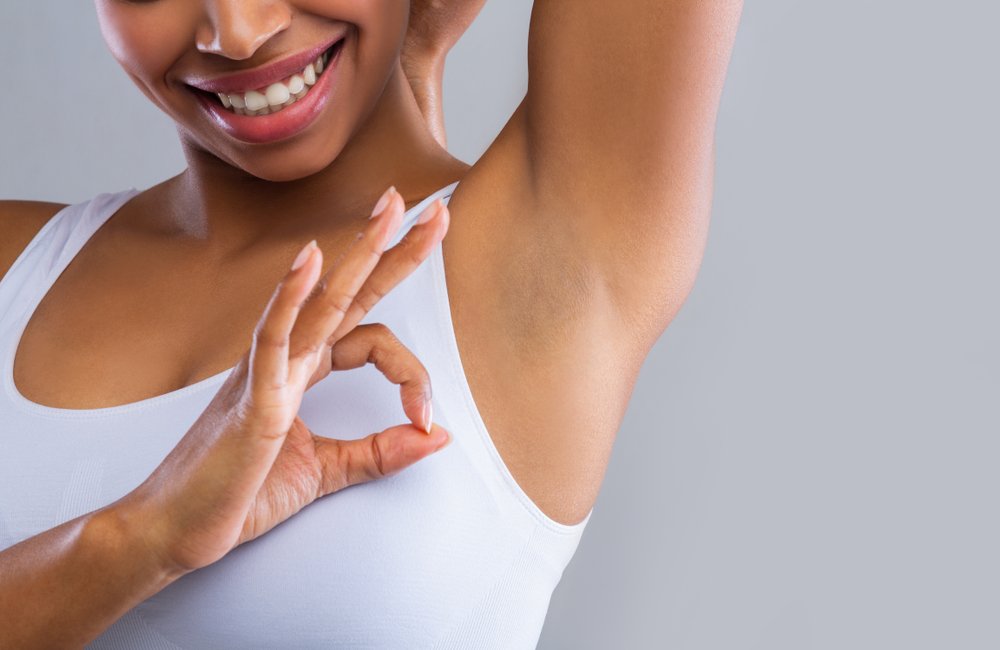
LUMIER MEDICAL
Hyperhidrosis Treatment
Excessive sweating, known as hyperhidrosis, can be very inconvenient and embarrassing.
Do you suffer from excessive sweating?
If you suffer from excessive sweating, you are not alone. Excessive swelling usually begins in childhood or adolescence. Many feel like they have tried everything and have lost hope. Research has shown that excessive sweating can affect ones mental health. Decreased confidence, depression, embarrassment, anxiousness, sadness, anger, and feelings of hopelessness can all affect ones quality of life.
This problem is more than just an inconvenience. It affects our daily activities and sense of well-being. Fortunately, there are several options available to help you including BOTOX® that can help reduce the amount of sweat that your body produces in areas of treatment.
Sweating FAQs
-
Yes. Sweat serves to cool the body and protect it from overheating. It is essential to human survival. We each have two to four million sweat glands throughout our body. They are especially prominent in the forehead, cheeks, armpits, palms, and soles of the feet.
-
People who have excessive sweating (hyperhidrosis) have overactive sweat glands that produce more sweat than they actually need.
-
There are two types of hyperhidrosis, primary and secondary. It is important that you are evaluated by a doctor to determine which one of these types you have, and to discuss treatment options.
-
You have two types of sweat grands, the majority of which are ecrrine glands that produce an odorless, clear fluid to help your body cool down as it evaporates. The other type are apocrine glands that are found abundantly in the armpits and genital area. They are often called scent glands since they secrete a thicker fluid that, when in contact with the skin’s surface bacteria, produces body odor.
-
It’s been said that people with hyperhidrosis have sweat glands that are stuck in the “on” position. Botox injected into an area of excessive sweating, such as in the armpits, temporarily stops the nerves from signaling the sweat glands to sweat.
-
The effects of Botox for hyperhidrosis don’t last forever. They usually wear off after a few months, so you might need more injections in time to keep your sweating under control
-
In 2004, the US Food & Drug Administration (FDA) approved Botox for the treatment of severe primary excessive sweating of the underarms (axillary hyperhidrosis) in patients unable to get relief from using antiperspirants.
-
Consider antiperspirants, iontophoresis, Obrexza®, miraDry®, Brella™, and oral medications designed to treat hyperhidrosis in addition to natural remedies. Some have suggested hair removal, acupuncture, biofeedback, sage tablets, valerian root, chamomile, St. John’s Wort, hypnosis, and relaxation techniques.
In 2006, Dr. Lum was certified by The International Hyperhidrosis Society, recognized by the American Academy of Dermatology (AAD).
Call to book an appointment for a free consultation with Dr. Lum at Lumier Medical in Torrance, California.



